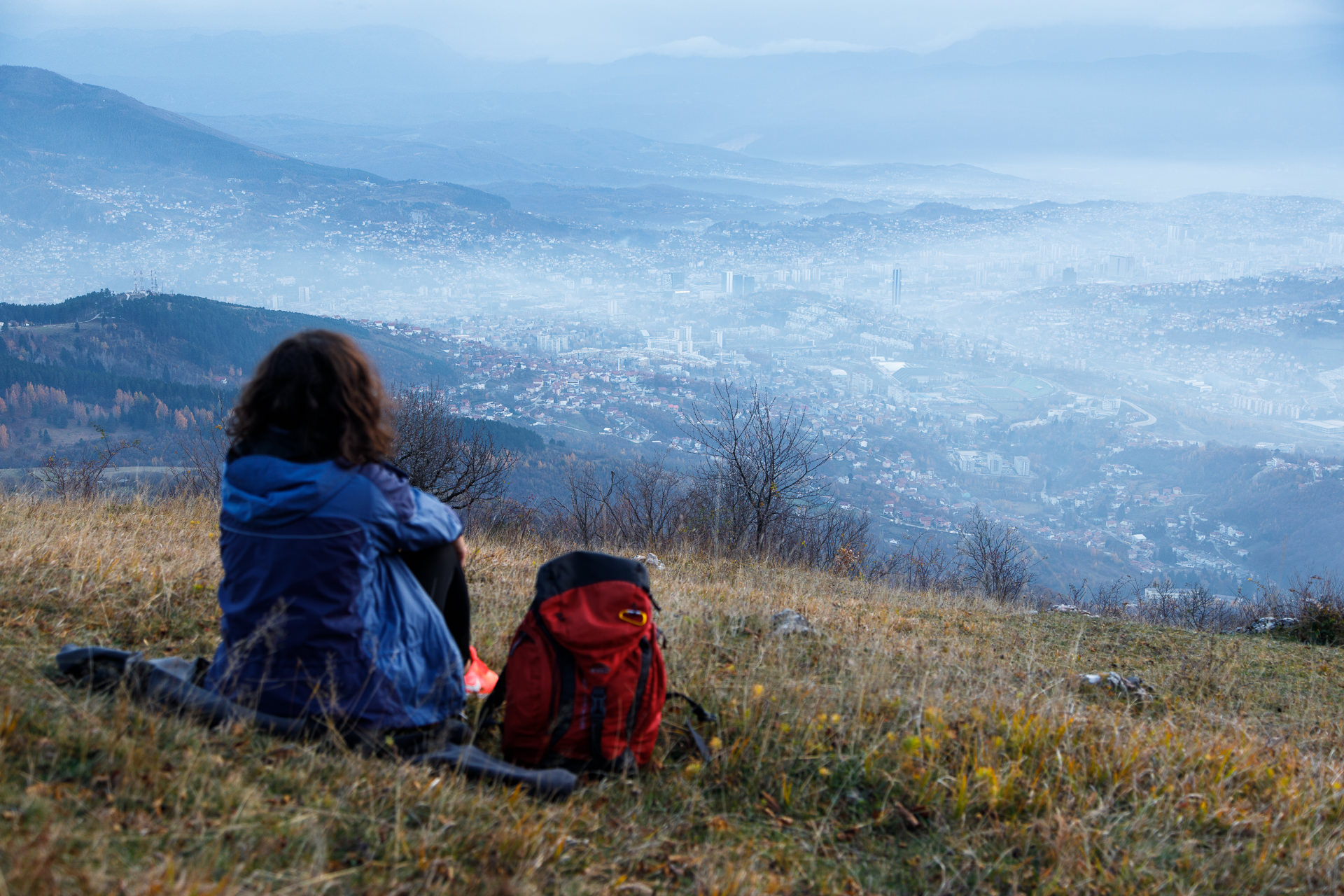“Don’t make the same mistakes as us; learn from us, and progress even further than we have.” That was the main message from the ministry representatives, NGOs, researchers, environment agencies and other experts who came together for a recently concluded webinar series. These participants shared experiences from a range of EU countries in dealing with environmental issues.
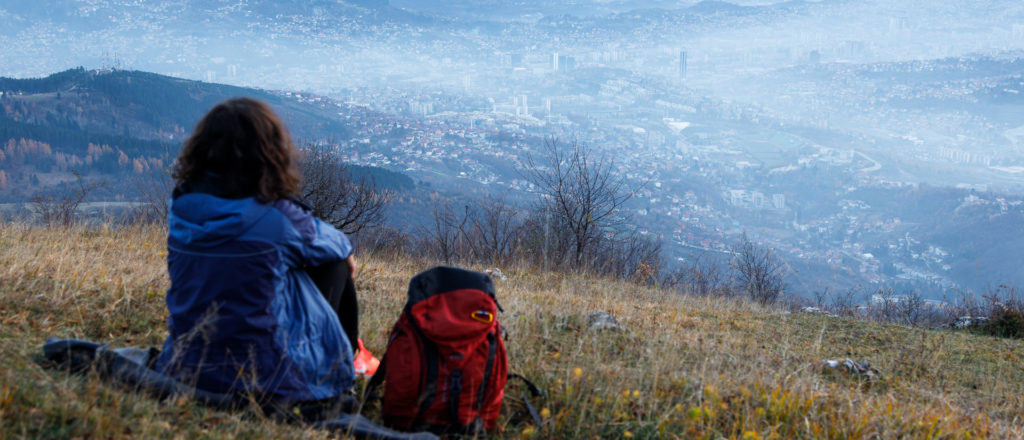
Bosnia and Herzegovina (BiH) is not an EU member, yet. Nonetheless, it aims to align its legal and institutional frameworks with European Union environmental policies and strategies. Currently, BiH is preparing an environmental strategy and action plan, the BiH ESAP 2030+, which will provide its authorities with concrete required actions to improve the country’s environmental and socio-economic situation. In the long-term, it will contribute to the process of BiH becoming a member of the European Union.
The BiH ESAP 2030+ webinar series, held over the past three weeks, convened actors from across the EU for eight online meetings organized thematically around different areas of environmental protection. These webinars created a space for participants to share the lessons they’ve learned in these areas, as well as to support each other in the ongoing process of implementing EU environmental regulations. Below are some key messages based on those lessons.
Start from scratch when reforming your laws – a lesson learnt from Croatia
Alida Ban Pavlović, a legal expert from Croatia, presented during the webinar on water concessions. She explained how a lack of efficient intersectoral cooperation in Croatia’s recent efforts to transpose the EU Water Framework Directive in to domestic law left the government exhausted, both financially and in terms of human capacity, meaning the country ended up doing a patchwork transposition. One key issue was that the authorities failed to pay attention to the establishment and improvement of legal instruments. While the country managed to sufficiently approximate the regulations, it didn’t have the institutional capacity to implement them later on. The process therefore ended up being a costly one. Upon reflection, Pavlović noted, it would have been wiser for the different sectors involved to come together and start fresh.
“Be wise and learn from our mistakes in Croatia. My sincere advice would be to ensure that the definitions in the EU directive are right from the start. Aim to simplify and adopt new laws rather than try and patch up old regulations.” – Alida Ban Pavlović
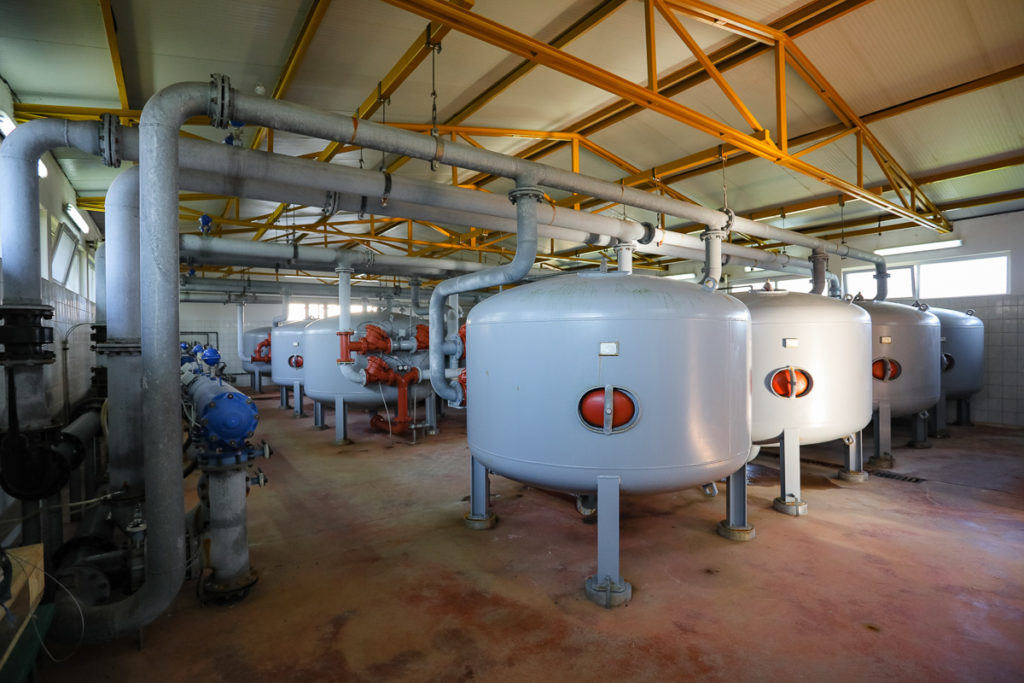
From past decisions to forward-looking views – the story of Estonian waste management developments
Harri Moora, Programme Director at SEI Tallinn, and Peeter Eek, who works for the environmental consultancy firm Earthcare, both have over 20 years of experience working with sustainable waste management. In the early 2000s, Estonia had similar issues to those experienced today in BiH – there were many illegal dumping sites all over the country, and landfill was one of the main waste disposal methods. Its experience of implementing EU waste legislation can therefore provide good guidance to countries in transition, such as BiH, when it comes to developing their waste management systems.
The situation in Estonia has now improved and shifted to a more recycling-based system. Some of the country’s great success stories include the deposit system, which has proven to be an effective measure in recycling beverage packaging waste, and the landfill tax, which has helped to reduce the landfill of waste. But the progress is ongoing; one recent development at the EU level is the new circular economy framework, which suggests a need to shift towards broader understandings of waste prevention and reduction principles.
“Tomorrow’s circular economy-related EU regulatory framework will be much wider than today’s waste-oriented directives and regulations. From that point of view, we should acknowledge that this is not only a task for the environment-related authorities, but it requires a much wider approach.” – Harri Moora
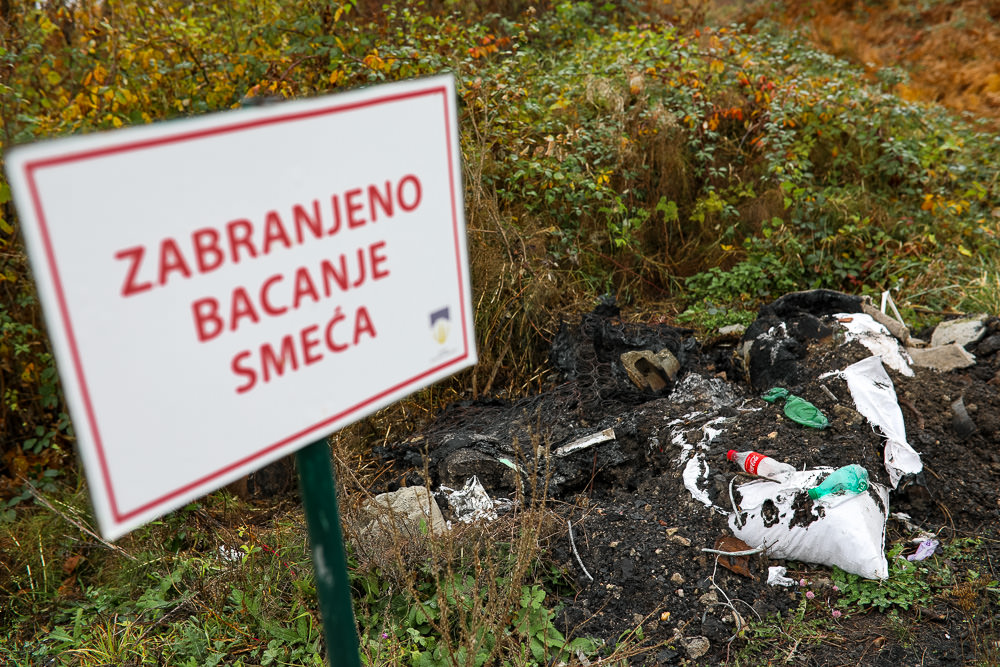
Adopting EU legislation can be costly at first, but worth it in the long term
In the webinar on chemical safety, the sheer complexity and cost of the process of adopting and implementing regulation on chemical substances was made clear. Among the speakers was Mats Forkman, of the Swedish Chemicals Agency, who told listeners that there are around 25 000-100 000 different chemicals substances in the EU. Given this, it is essential to ensure that they are being handled in a way which prioritizes human and environmental safety. But how does this happen in practice?
Forkman took the EU’s REACH Legislation as an example. These regulations establish pre-market requirements meaning that, in order to sell a chemical on the market, you need to have data on it. If you don’t have the data, then there is no authorization and hence no access to the market.
To ensure that people are able to access the data they need, the EU’s CLP regulation classifies hazardous chemicals in a common format, with standardized labels. There are also open public databases where people can find data on these substances.
Forkman also noted that, while the development and implementation of such regulation is often costly at an early stage, it benefits everyone in the long-term. Governments save money through better compliance, the risk of hazardous accidents is reduced and it helps them to achieve the Sustainable Development Goals. Industries also gain through better access to data, safer trade and the branding benefits which come with a more responsible use of chemicals.
Ambitious EU regulations and increased public interest driving Poland towards coal phase-out
Coal phase-out is a hot topic across Europe, and nowhere more so than in Poland, which is one of the countries where electricity production remains mainly based on coal. Speaking in the series’ eighth webinar, Aleksander Szpor, of the Polish Economic Institute, sounded optimistic when said that Poland is currently going through a historical period. One of the reasons for this is the consensus between different key actors on the phase-out of lignite and coal in Poland, which is expected to be reached this year.
There are several drivers of coal phase-out in Poland, including the EU’s renewable energy targets, which are narrowing the energy market and leaving little space for coal. Szpor added that, although many people may think that lignite and coal are immortal, he sees the impact of EU instruments such as the EU Emissions Trading System (EU ETS), the Industrial Emissions Directive (IED), and the Water Framework Directive, as being very strong in terms of nudging the process towards phase-out.
Another important element is the development of civil society and local communities’ growing awareness of the impacts of coal use. So far, the most well-known of these have been to do with air pollution and greenhouse gas (GHG) emissions, but other impacts are becoming more prominent. This has led to the social demand for a more sustainable energy sector. The question is, how can this social demand, and public interest in environmental issues more generally, be made to work as a strategic part of environmental governance?
Broad participation is key in environmental decision-making
SEI’s Kaja Peterson, one of the scientific advisors in the ESAP project, gave some general advice in the webinar on public participation, explaining that, when it comes to public participation in environmental decision-making, we cannot rely on good practice alone. History has shown that regulations are indispensable, particularly those covering stakeholder contributions. Of particular importance are regulations covering how long the window for stakeholder contributions to decision-making processes should last during a new development or the formation of a new policy document.
These participatory processes function best, the webinar’s audience heard, when there are already organized groups in existence that can work as one voice, rather than having many different individuals or companies sending in separate contributions. It is therefore important that authorities are in touch with the relevant organizations, unions and communities that have representative mandates. Having a moderator or facilitator who is external to the public authority, and who can mediate to ensure smooth cooperation and participation, can also be crucial.
Public participation takes time and resources, and needs to be well-planned. But when it succeeds, the democratic process is strengthened, and trust between stakeholders and authorities is increased. What’s more, it also strengthens the ownership of the relevant policy or development process by a larger set of stakeholders.
“In light of the Aarhus Convention, it is crucial to have adequate public participation at an early stage in the decision-making process, as well as adequate consideration of, and adequate responses to, the comments sent by the public to the relevant institutions concerning an environmental issue. These are the most important cornerstones for effective public participation to take place in environmental decision-making.” – Emina Veljović, Aarhus Centre Sarajevo
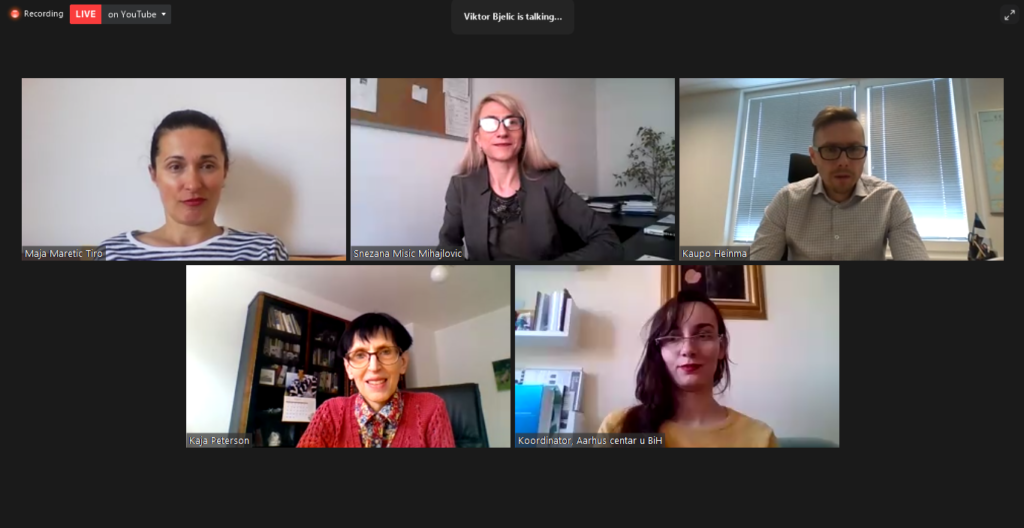
Check out our event page for information about and recordings of all the webinars and their presentations

